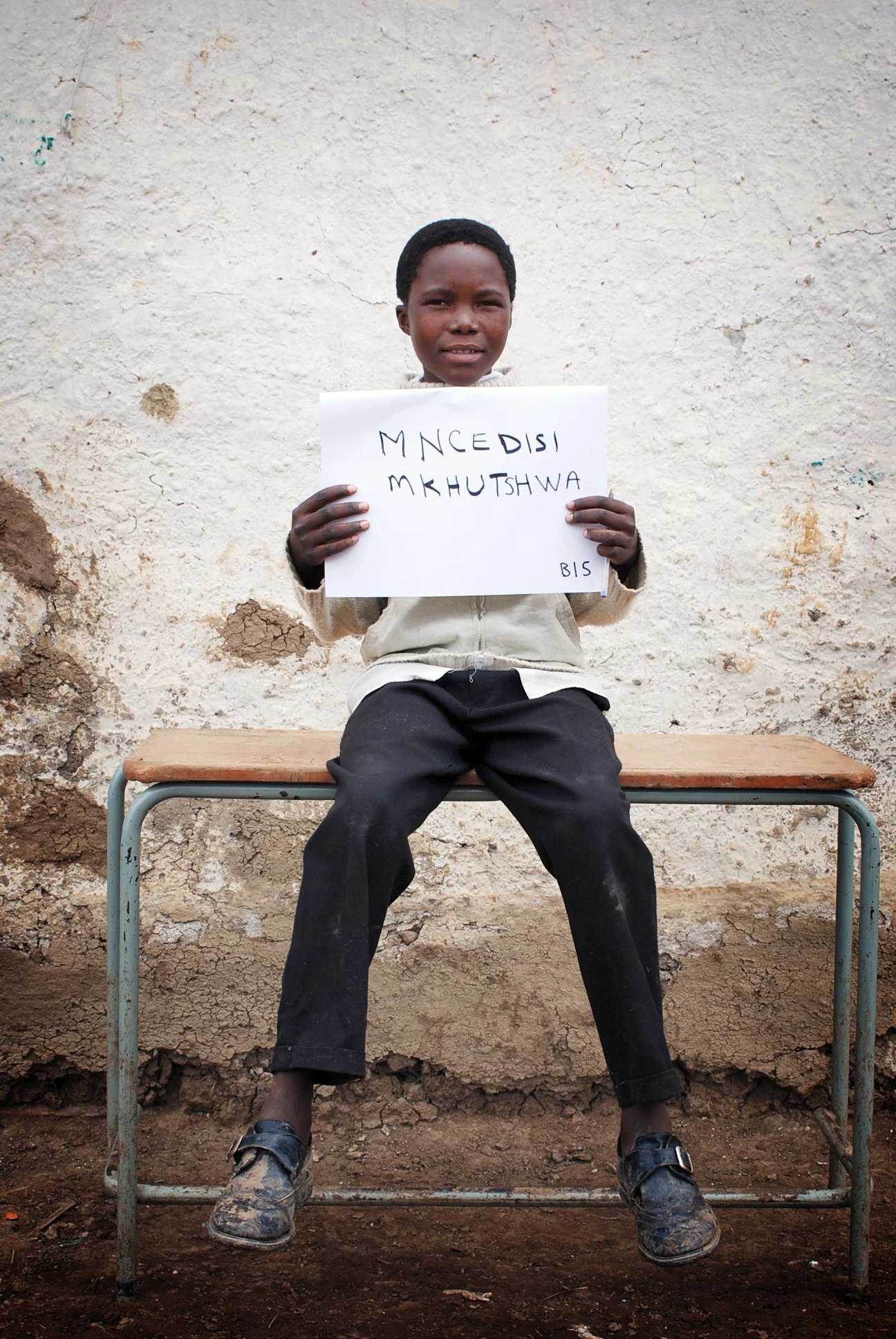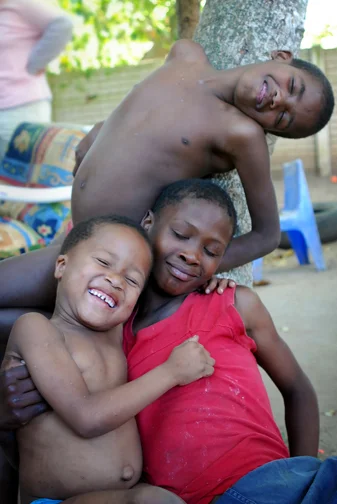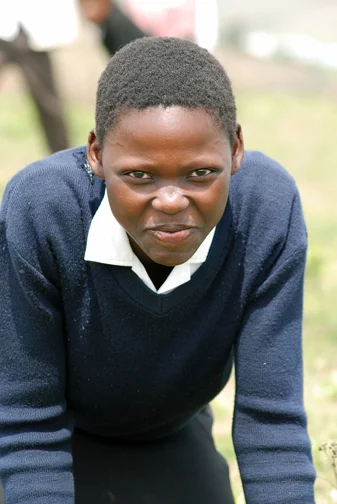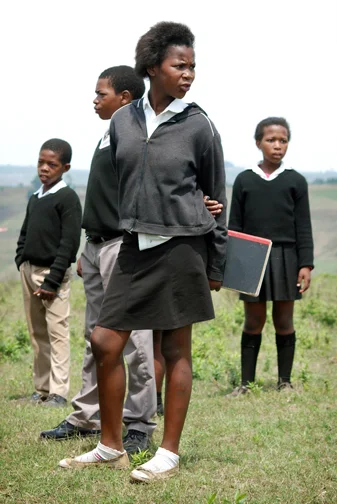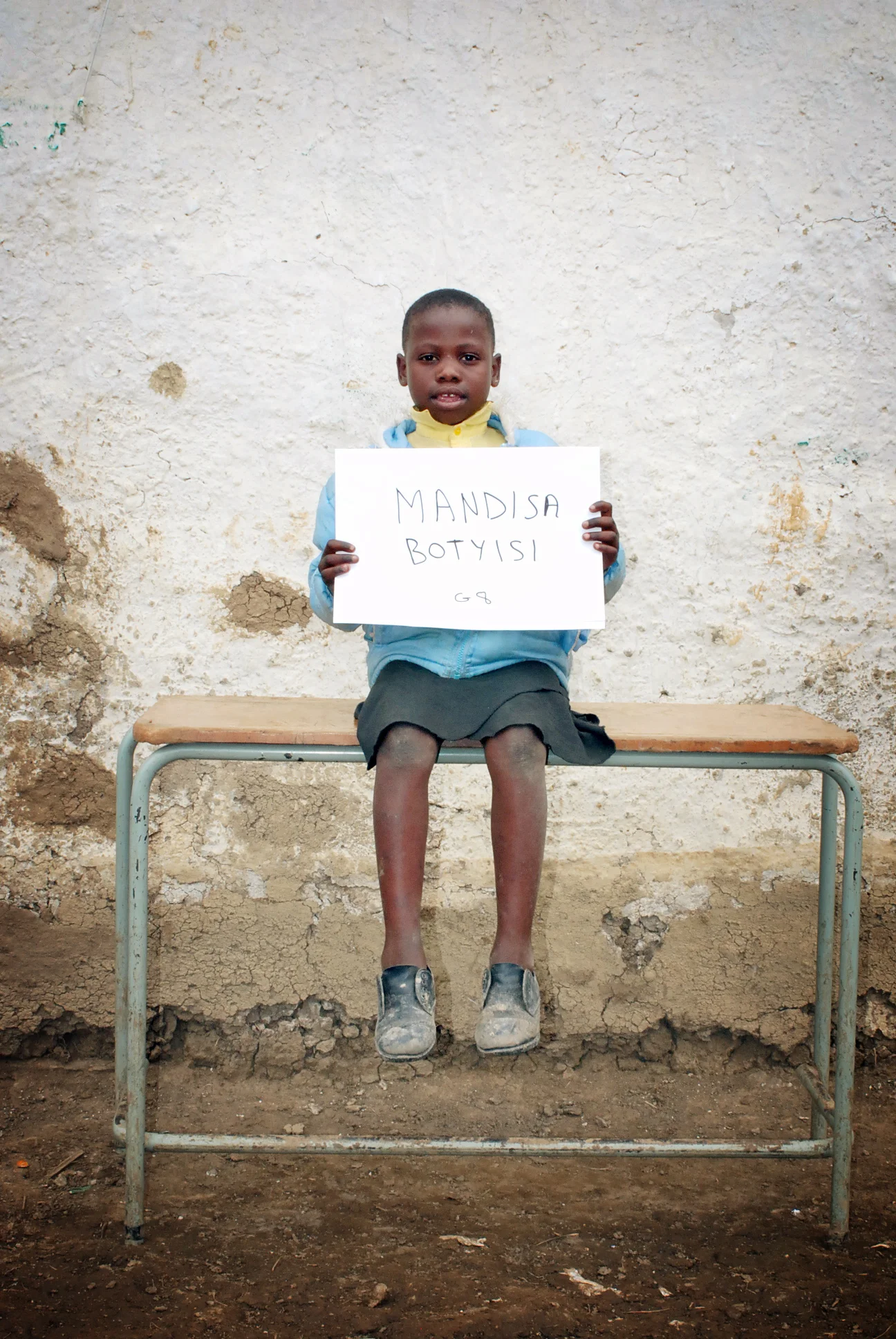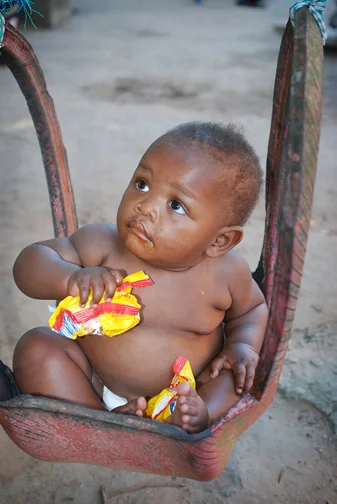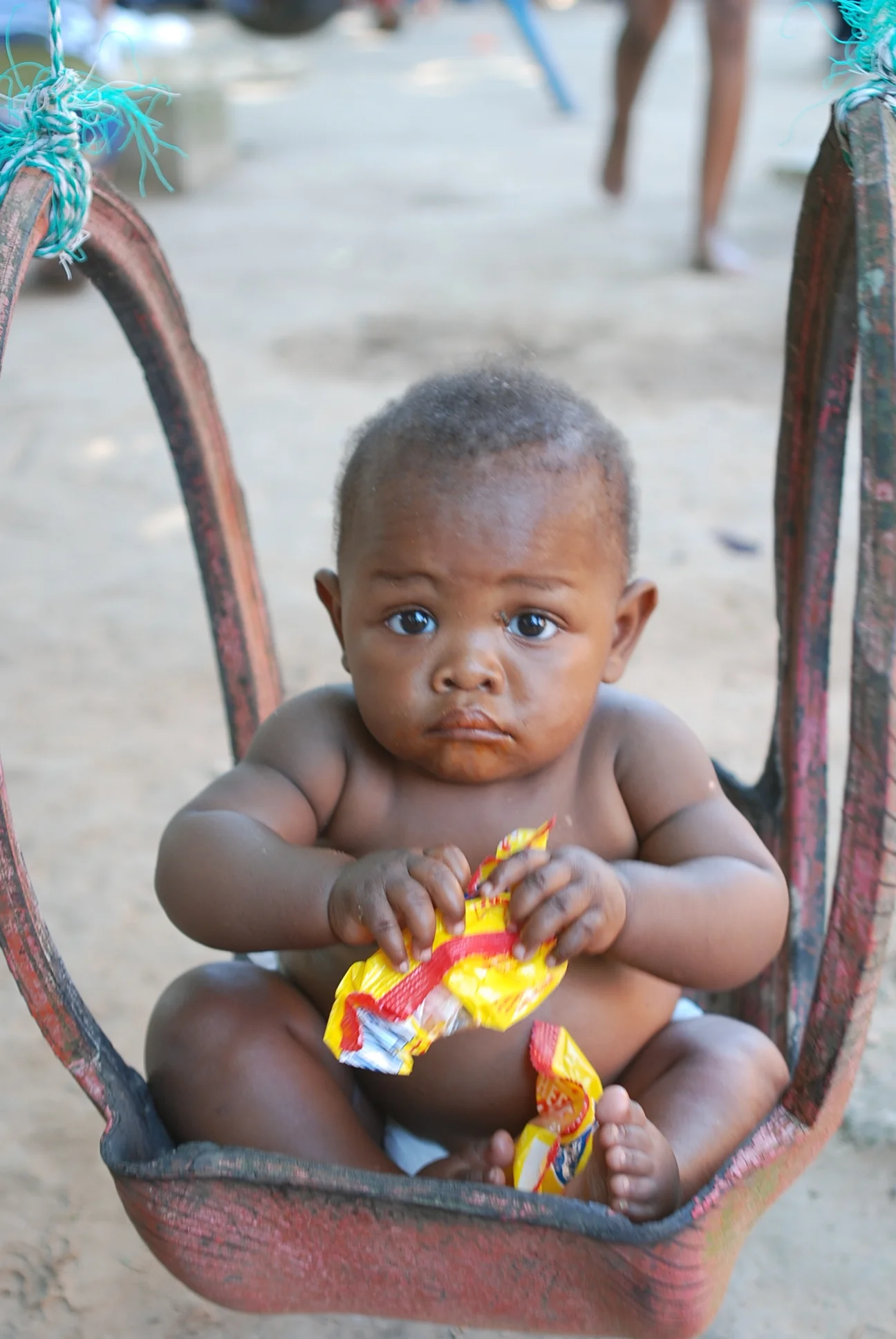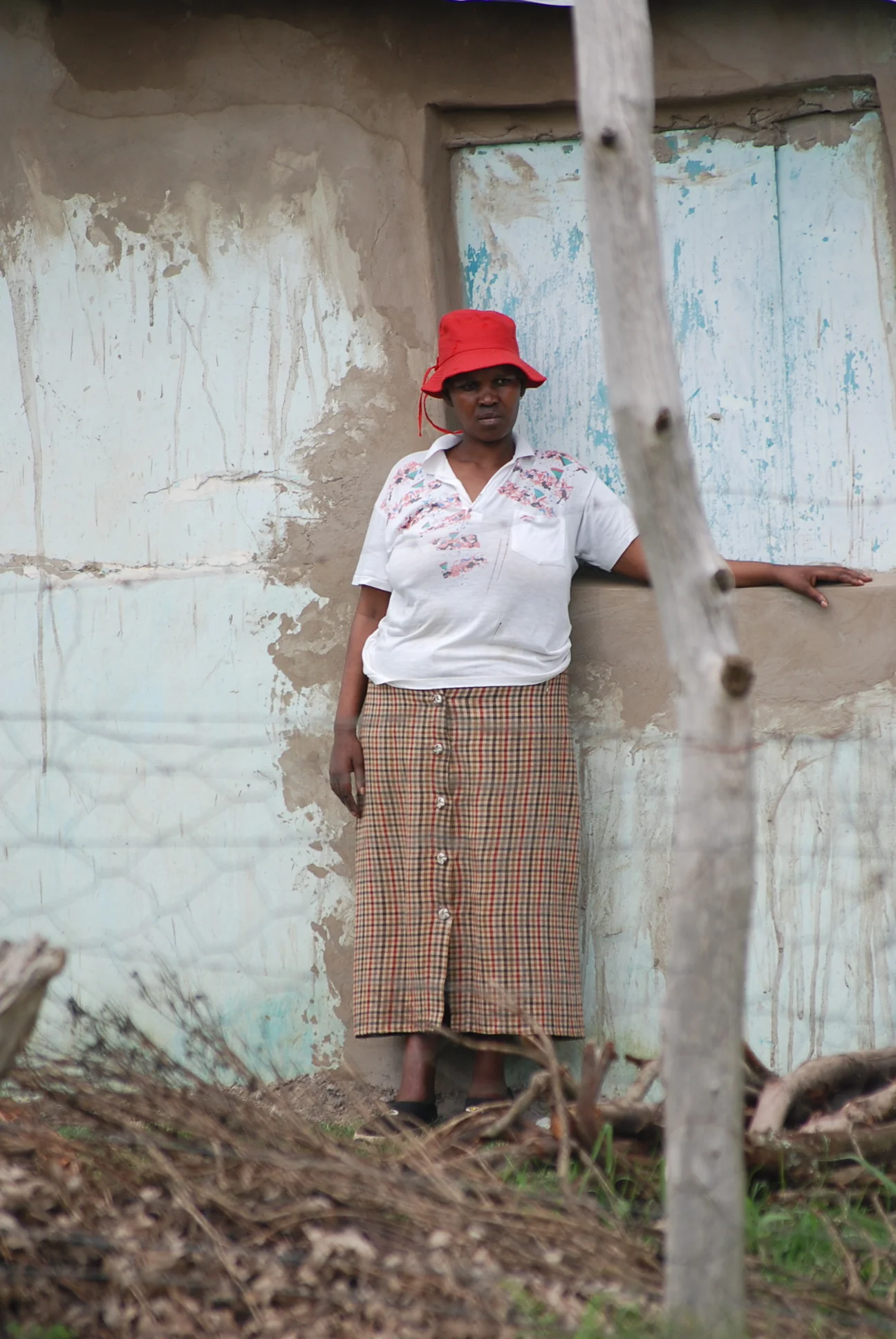BHUKWINI, SOUTH AFRICA: HIV/AIDS Education
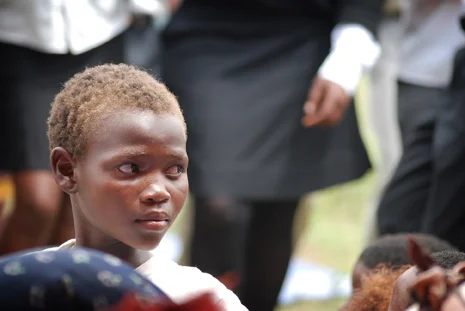
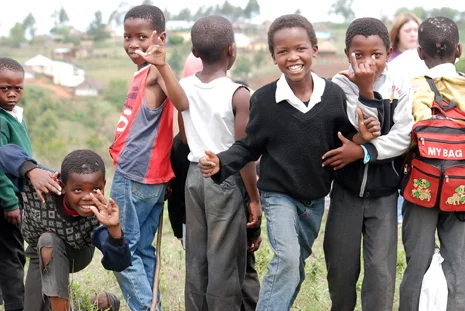

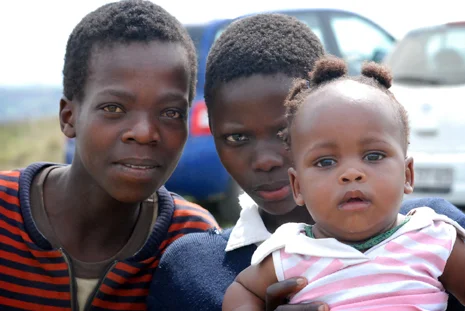


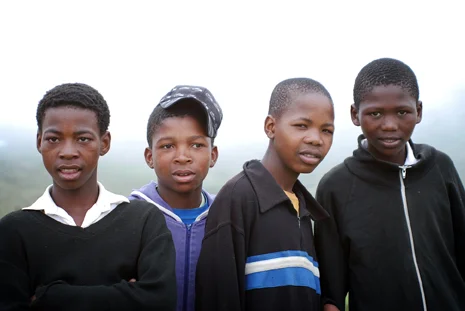



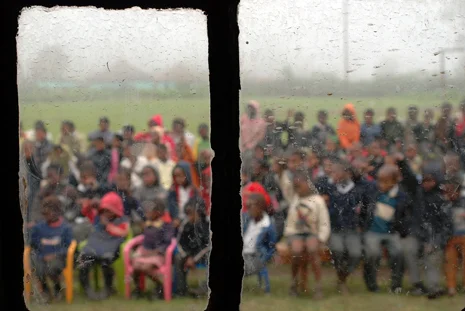

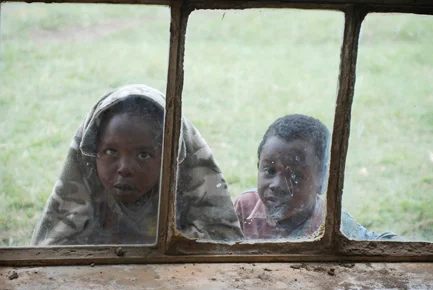
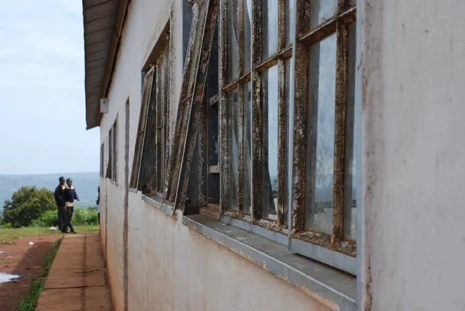



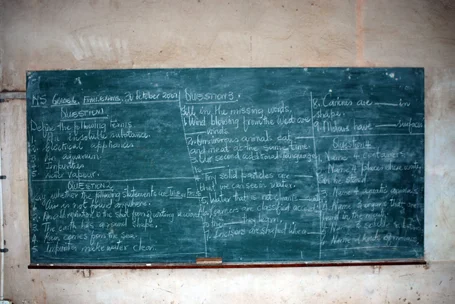
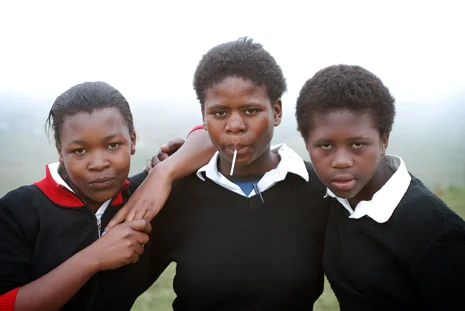
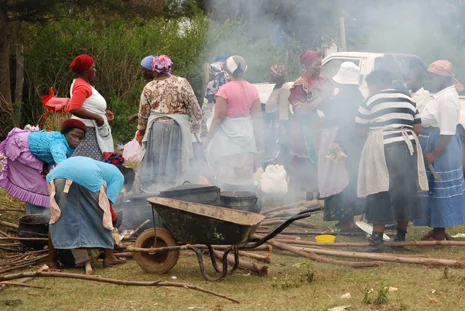


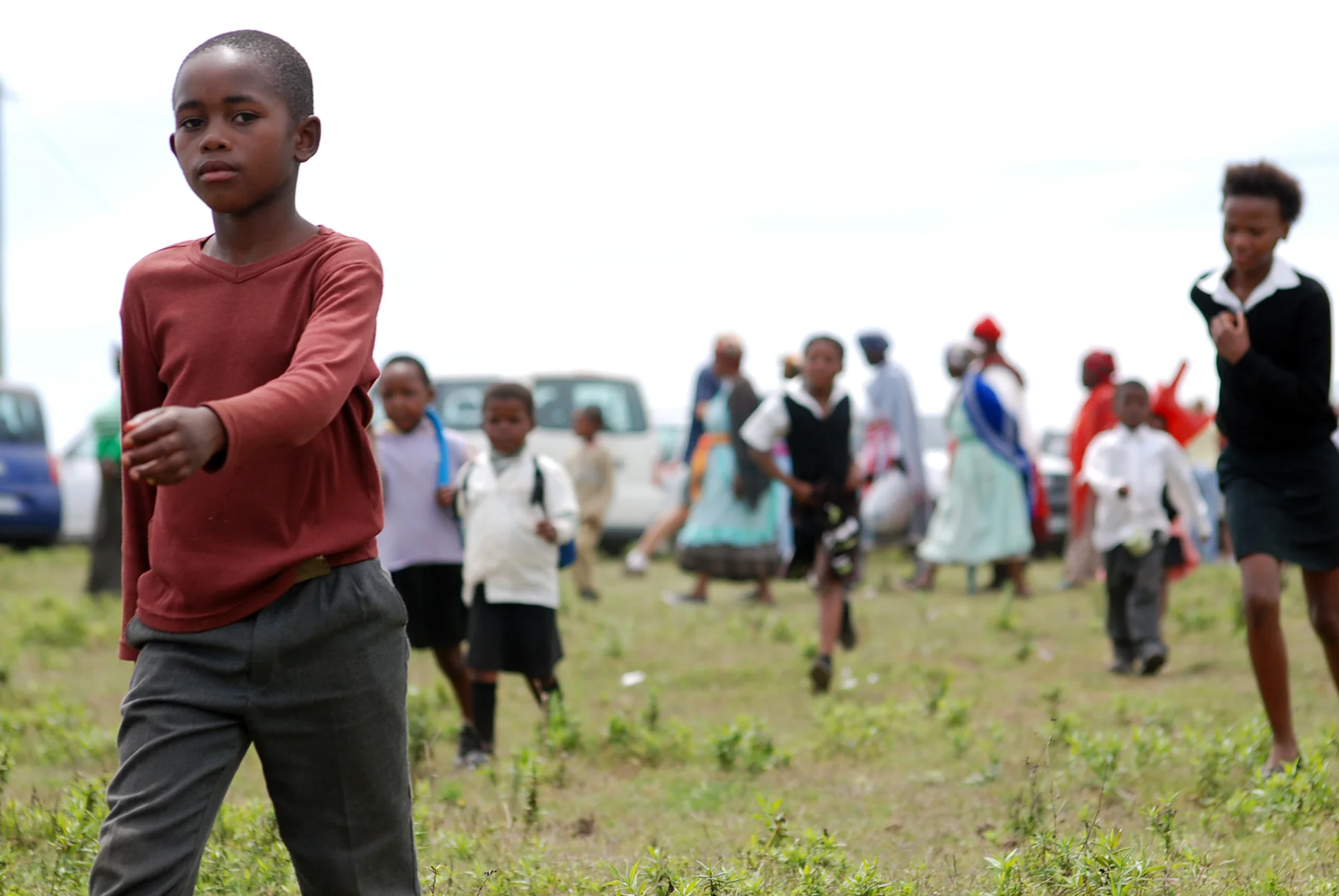

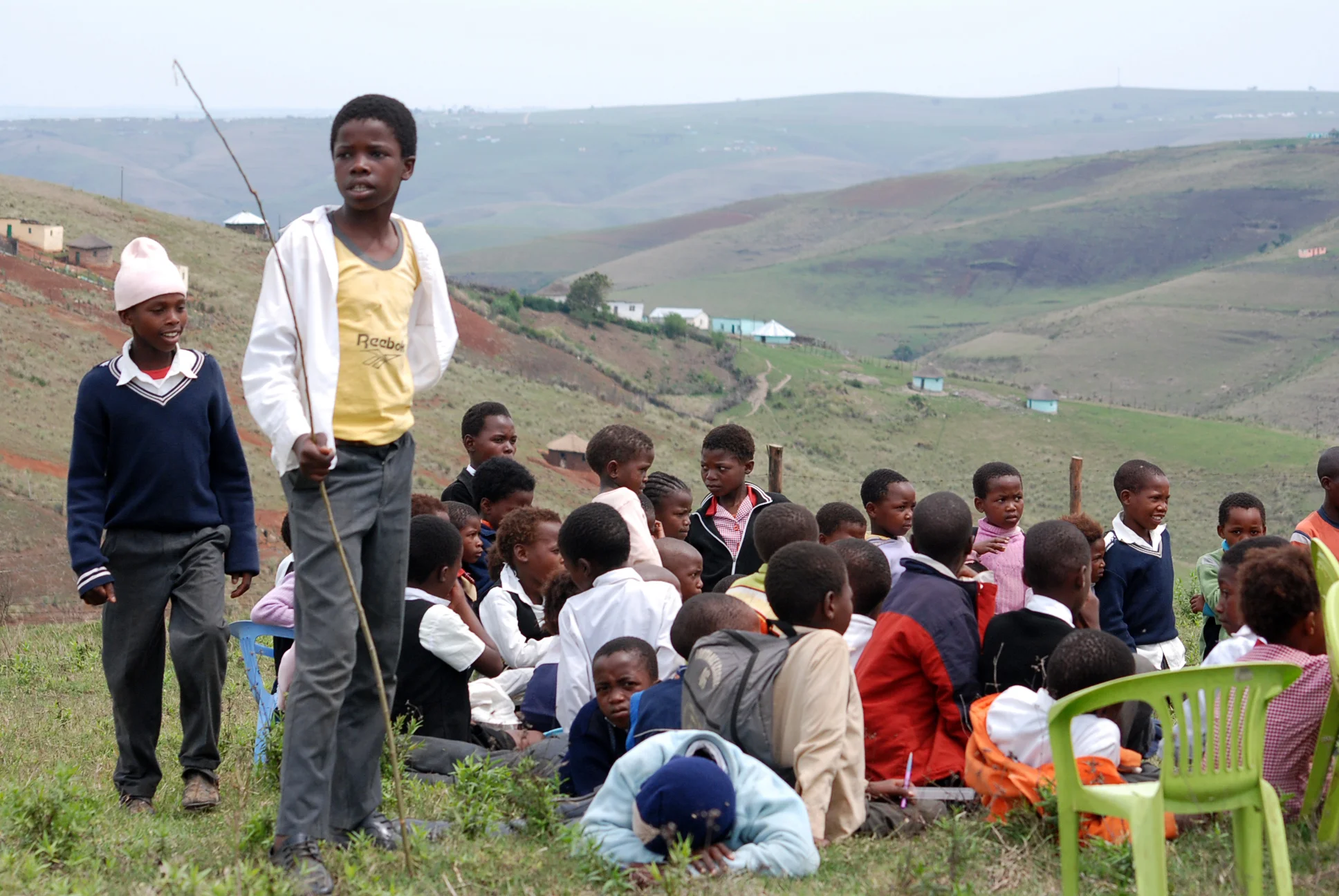
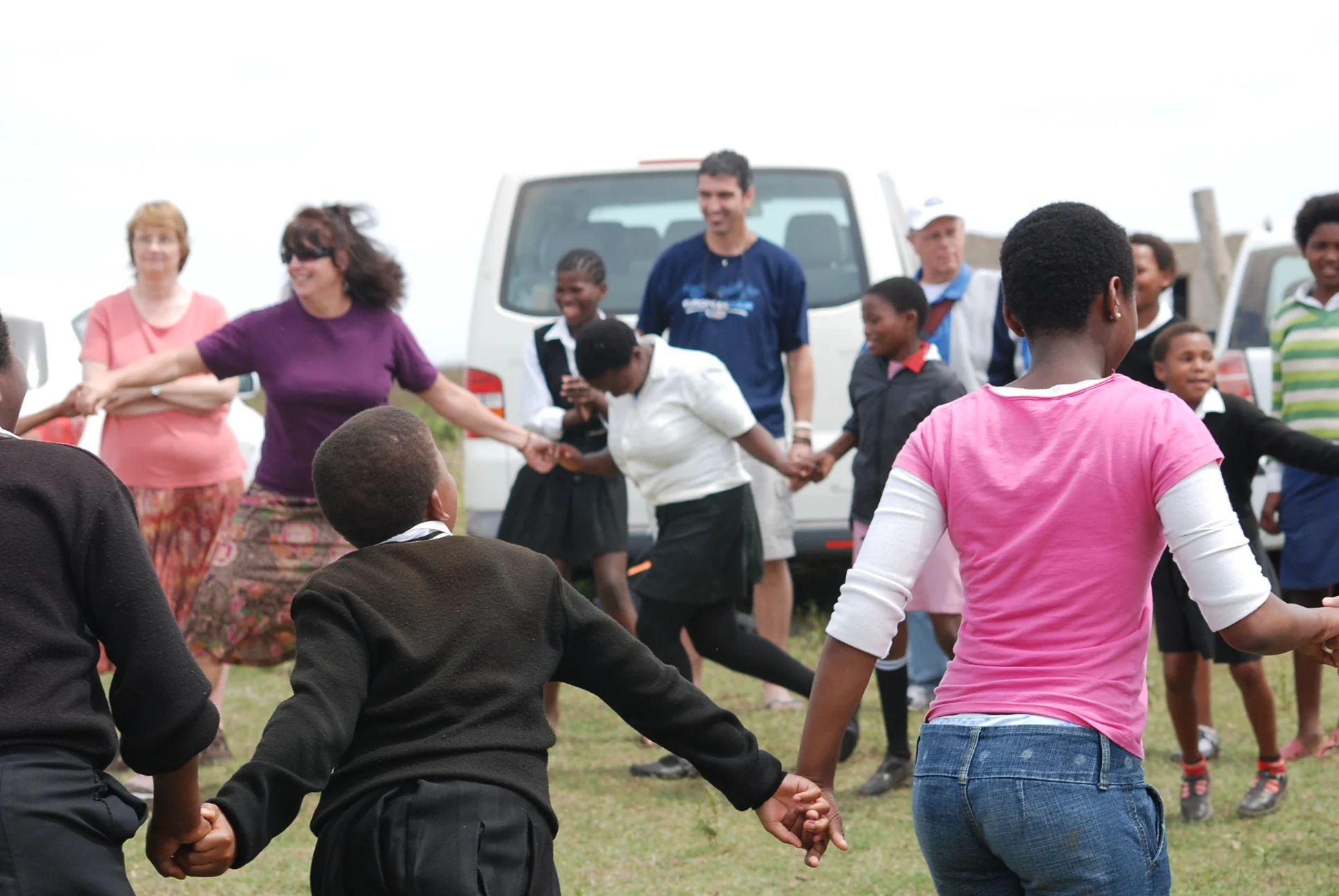
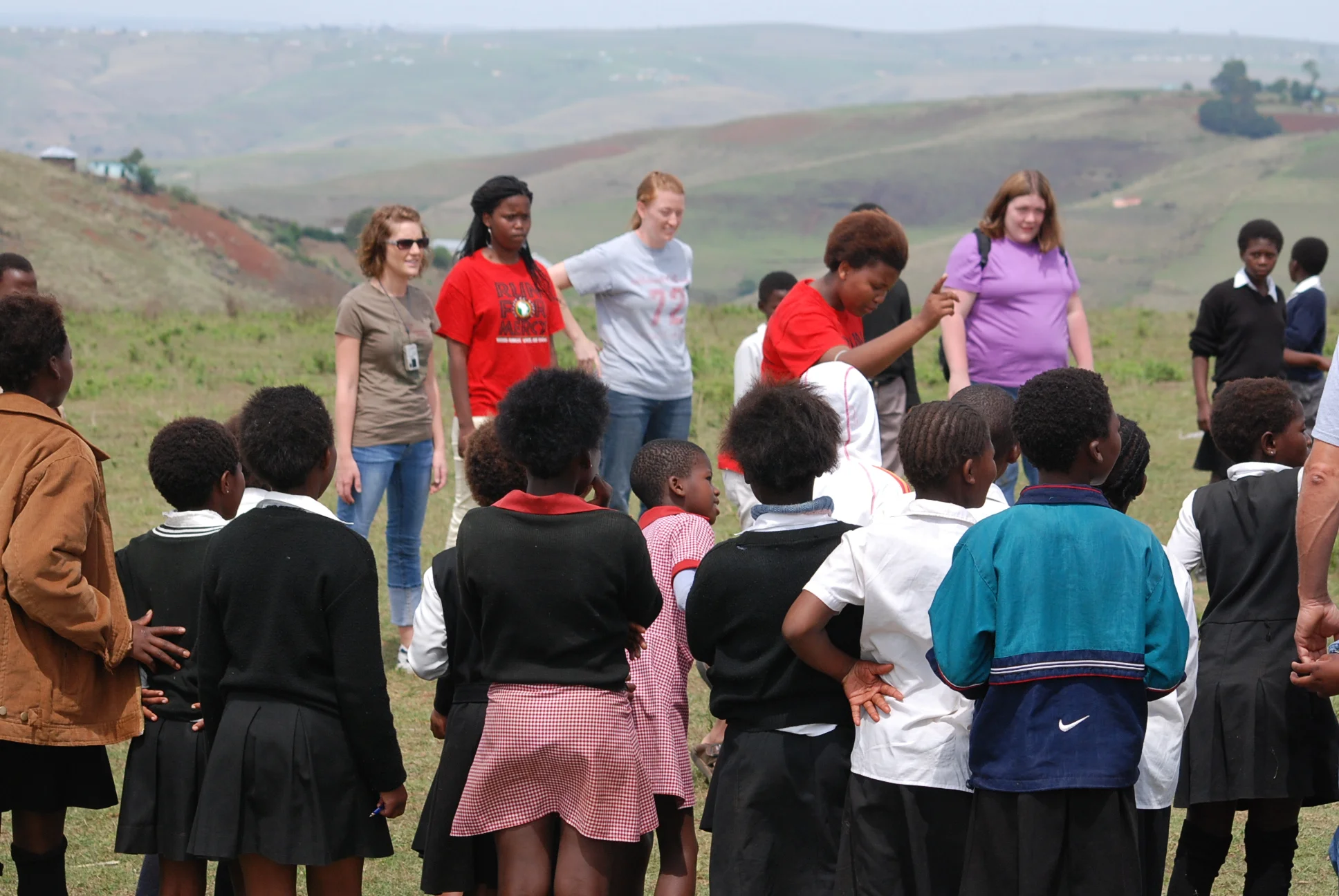



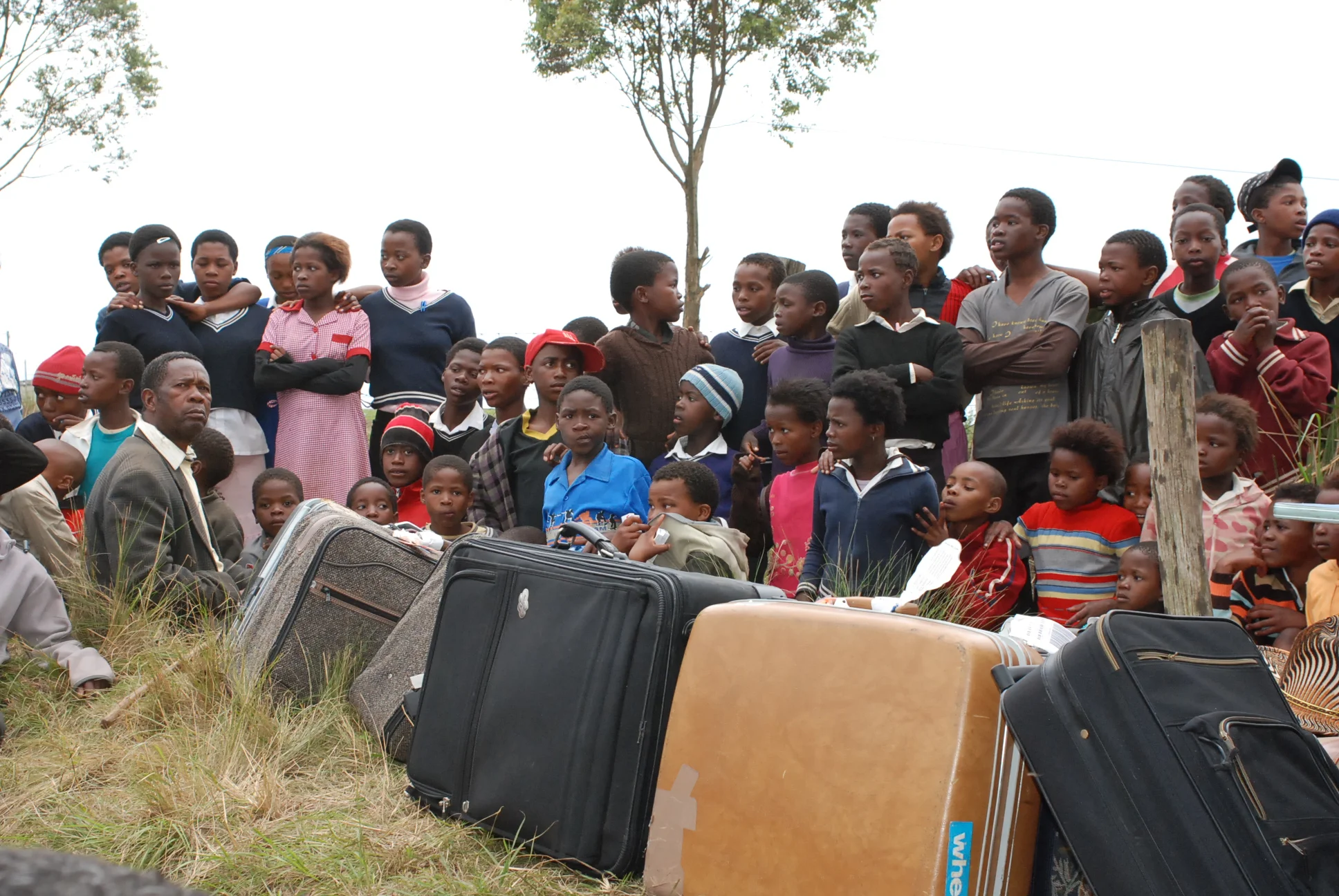
PROBLEM:
Bhukwini, a small village in the province KwaZulu-Natal, South Africa, was reporting alarming numbers of HIV infections. It was believed at the time that about half of the children being born that year were infected with HIV.
Statistics for KwaZulu-Natal, South Africa: Overall, 27% of female and 13.5% of male residents were HIV infected. HIV prevalence peaked at 51% among resident women aged 25–29 years and 44% among resident men aged 30–34 years, with the highest infection rates of 57.5% among 26-year-old women. The female: male infection ratio for residents aged 15–19 years was 13.0. Many factors, including increased mobility, associated with an increased risk of HIV infection among residents, were also associated with non-participation. Among non-residents, 34% of men aged 15–54 years and 41% of women aged 15–49 years were HIV infected. Click here to see the source.
Orphanages were being overwhelmed with HIV infected children because parents did not have the resources to care for them, or the stigma of having an HIV infected child was too overwhelming.
Young parents with HIV/AIDS were dying, leaving older siblings to care for the younger ones, many of which were also infected with HIV.
SOLUTION:
I went on an HIV/AIDS Education trips, with a group of volunteers, as a photojournalist to document the experience — through photography and editorial — for further fundraising purposes. Included in my work, was over 100 photos of orphans living in the village — to use for an "adopt a child" program.
I also visited two orphanages (House on the Rock and Jehova Jirah) to further research how the HIV/AIDS epidemic was affecting them.
The organized effort continued for several years, where agricultural education was added so that the people of Bhukwini could learn to sustain their own food sources.
The extremely high prevalence of HIV suggests an urgent need to allocate adequate resources for HIV prevention and treatment in rural areas. Effective monitoring of the epidemic in Africa needs to include efforts to strengthen sentinel surveillance in rural areas and strategies for the surveillance of migrants and mobile individuals. Click here to see source.
Charitable and religious organizations can contribute to HIV prevention and treatment through education and funding, with the rural areas being a priority, since they had the highest percentages of HIV infections.
Educate volunteers about HIV/AIDS and how it relates to cultural beliefs and norms, and send them to the targeted regions to educate and further learn from the communities.
RESULT:
South Africa has made great strides in tackling its HIV epidemic in recent years and now has the biggest HIV treatment program in the world. Moreover, these efforts are now largely funded from South Africa's own resources.
HIV prevention initiatives are having a significant impact on mother-to-child transmission rates in particular, which are falling dramatically. New HIV infections overall have fallen by half in the last decade, however, there are still too many.
While the short term financing of South Africa's HIV epidemic is secure, in the longer term, the government needs to explore other strategies in order to sustain and expand its progress. Click here to see source.
